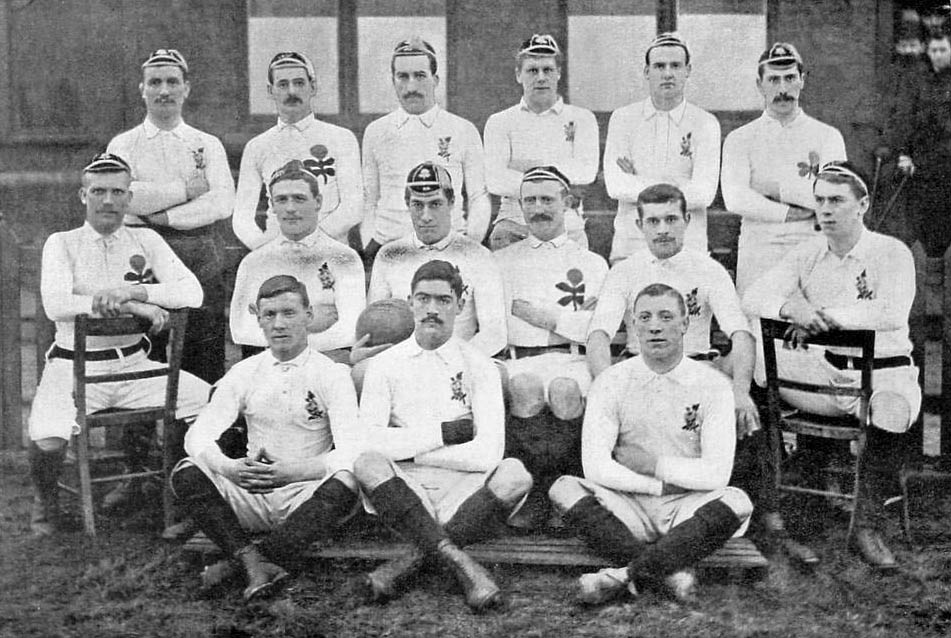The Timeless Legacy of the Six Nations: From Home Nations to Rugby Royalty
2 min read
1892

1892
In the world of international rugby, the Six Nations Championship stands as a beacon of tradition and excellence. As the oldest international rugby tournament in history, it has a history that stretches back to the late 19th century, a tale of transformation, inclusion, and unwavering passion for the sport.
The Home Nations Championship (1883-1909 and 1932-1939):
The roots of the Six Nations can be traced to the inception of the Home Nations Championship in 1883. This groundbreaking event marked the very first international rugby union competition, where the four home nations—England, Ireland, Scotland, and Wales—clashed on the field. The championship provided an exciting platform for these rugby powerhouses to display their skills and determination.
The Five Nations Championship (1910-1931 and 1947-1999):
A defining moment arrived in 1910 when the competition embraced expansion. France, a rising star in international rugby, was invited to join the ranks, transforming the tournament into the Five Nations Championship. This expansion ushered in an era of intense rivalry and epic contests, featuring England, Ireland, Scotland, Wales, and France. The competition’s storied past witnessed memorable battles and impassioned rivalries that have enthralled rugby enthusiasts for generations.

The tournament did experience two poignant interruptions during the World Wars (1915-1919 and 1940-1946), underlining the sport’s resilience in the face of global turmoil. However, the Five Nations Championship bounced back stronger after World War II, reigniting the flames of competition.
The Six Nations (2000 – Present):
As the new millennium dawned, a new chapter unfolded. Italy, with its burgeoning rugby culture and burgeoning talent pool, was invited to join the competition. This significant development marked the birth of the modern Six Nations Championship in 2000. The addition of Italy to the fold cemented the tournament’s transformation into the Six Nations, now featuring England, Ireland, Scotland, Wales, France, and Italy.
The inclusion of Italy brought added diversity, excitement, and competition to the tournament. It exemplified the Six Nations’ commitment to nurturing rugby’s global expansion. Today, the Six Nations is a showcase of rugby brilliance, captivating fans worldwide with its unique blend of heart, skill, and sportsmanship.
Conclusion:
The Six Nations Championship has evolved from its origins as the Home Nations Championship into the pinnacle of European rugby. This remarkable journey epitomizes the spirit of rugby itself—adapting, expanding, and uniting. As the tournament continues to flourish, the legacy of these historic rugby nations lives on, inspiring new generations and ensuring that the Six Nations remains an enduring symbol of the sport’s rich history and its boundless future. Rugby fans worldwide eagerly await each year’s championship, knowing that they are witnessing a true sporting treasure.